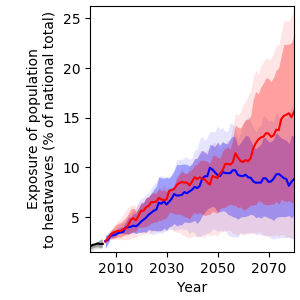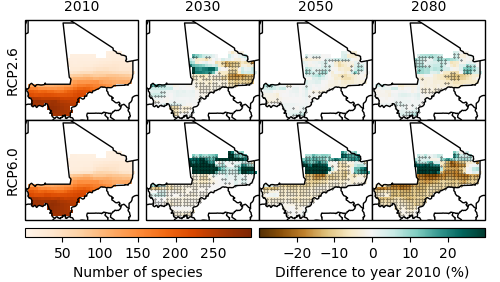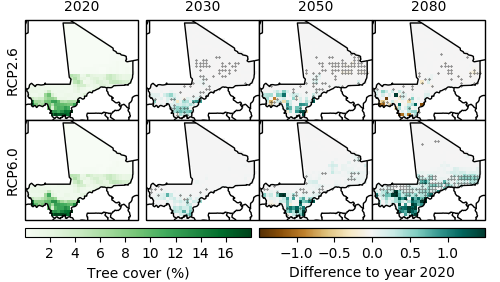Climate change is expected to have a significant influence on the ecology and distribution of tropical ecosystems, though the magnitude, rate and direction of these changes are uncertain [29]. With rising temperatures and increased frequency and intensity of droughts, wetlands and riverine systems are increasingly at risk of being converted to other ecosystems with plant populations being succeeded and animals losing habitats. Increased temperatures and droughts can also impact succession in forest systems while concurrently increasing the risk of invasive species, all of which affect ecosystems. In addition to these climate drivers, low agricultural productivity and population growth might motivate further agricultural expansion resulting in increased deforestation, land degradation and forest fires all of which will impact animal and plant biodiversity.
Species richness
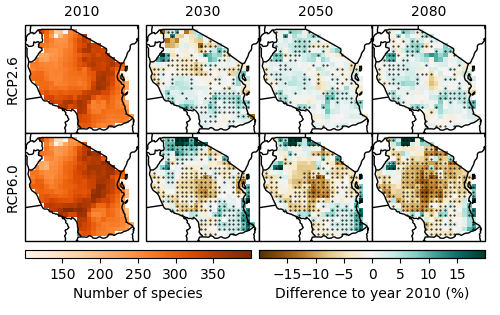
Model projections of species richness (including amphibians, birds and mammals) and tree cover for Tanzania are shown in Figure 16 and 17, respectively. Projections of the number of animal species show a strong decrease by 2080 (Figure 16): Under RCP6.0, most models agree that the number of animal species will decrease by up to 15 %, especially in central Tanzania, while other areas in northern and eastern Tanzania are projected to gain in the number of species.
Tree cover

With regard to tree cover, median model projections agree on a decrease by 2 % in Tanzania under RCP 2.6 and an increase of up to 9 % in central Tanzania under RCP6.0 by 2080 (Figure 17). The latter can be explained by increasing precipitation amounts in this region.
Although these results paint a rather positive picture for climate change impacts on tree cover, it is important to keep in mind that model projections exclude any impacts on biodiversity loss from human activities such as land use, which have been responsible for significant losses of global biodiversity in the past, and which are expected to remain its main driver in the future [30]. For example, extensive land-use change in the densely vegetated foothills of Mount Kilimanjaro accounted for an expansion of cultivated land from 54 % in 1973 to 63 % in 2000, all at the expense of natural vegetation [31]. Overall, Tanzania lost 2.51 million hectares of tree cover from 2001 to 2019, which is equivalent to a decrease of 9.5 % [32].
References
[29] T. M. Shanahan, K. A. Hughen, N. P. McKay, J. T. Overpeck, C. A. Scholz, W. D. Gosling, C. S. Miller, J. A. Peck, J. W. King, and C. W. Heil, “CO2 and Fire Influence Tropical Ecosystem Stability in Response to Climate Change,” Nat. Publ. Gr., no. July, pp. 1–8, 2016.
[30] IPBES, “Report of the Plenary of the Intergovernmental Science-Policy Platform on Biodiversity and Ecosystem Services on the Work of Its Seventh Session,” n.p., 2019.
[31] B. S. Misana, C. Sokoni, and M. J. Mbonile, “Land-Use / Cover Changes and Their Drivers on the Slopes of Mount Kilimanjaro, Tanzania,” J. Geogr. Reg. Plan., vol. 5, no. 6, pp. 151–164, 2012.
[32] Global Forest Watch, “Tanzania.” Online available: www.globalforestwatch.org [Accessed: 10-Jul-2020].



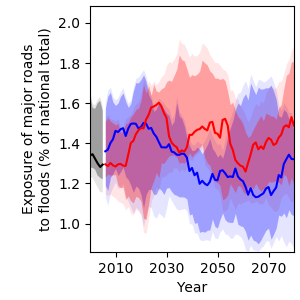
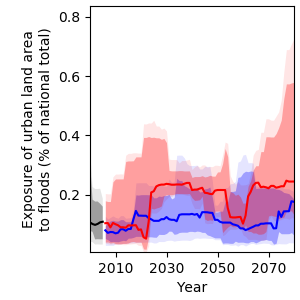

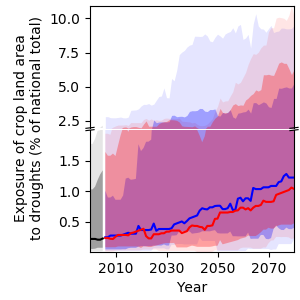


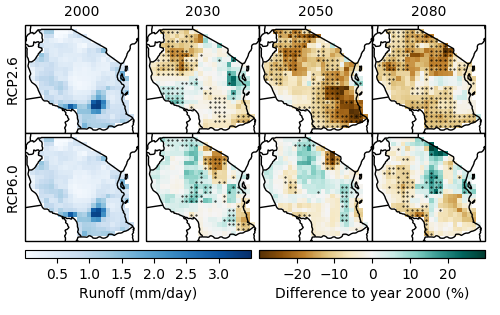


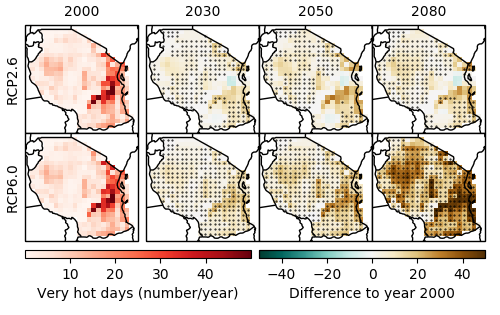
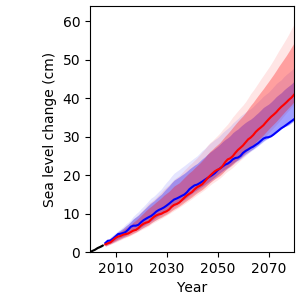

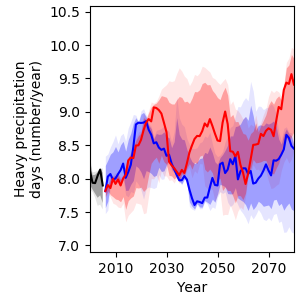
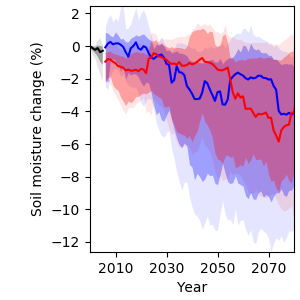
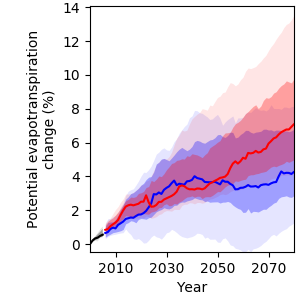

 Group work at the validation workshop
Group work at the validation workshop
